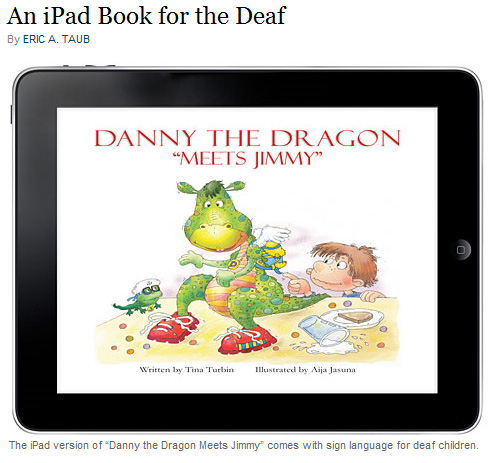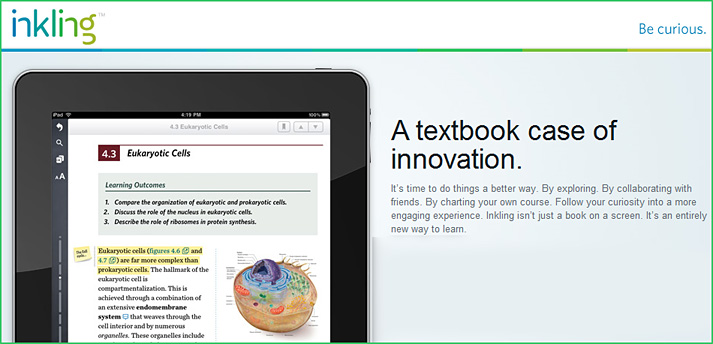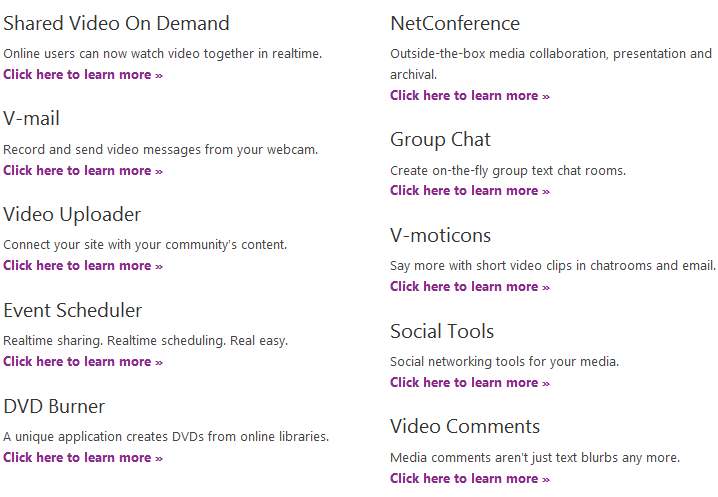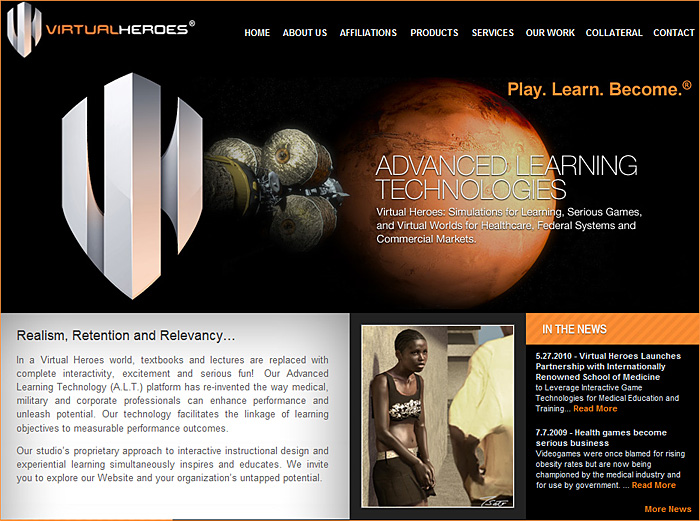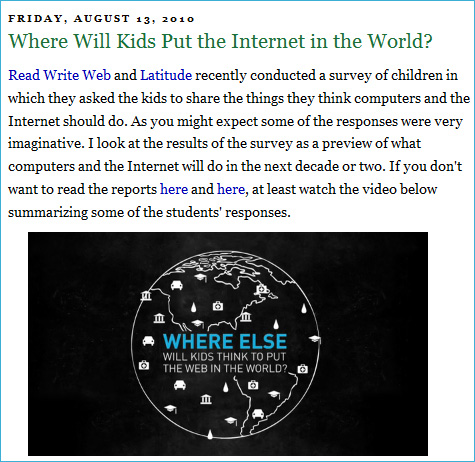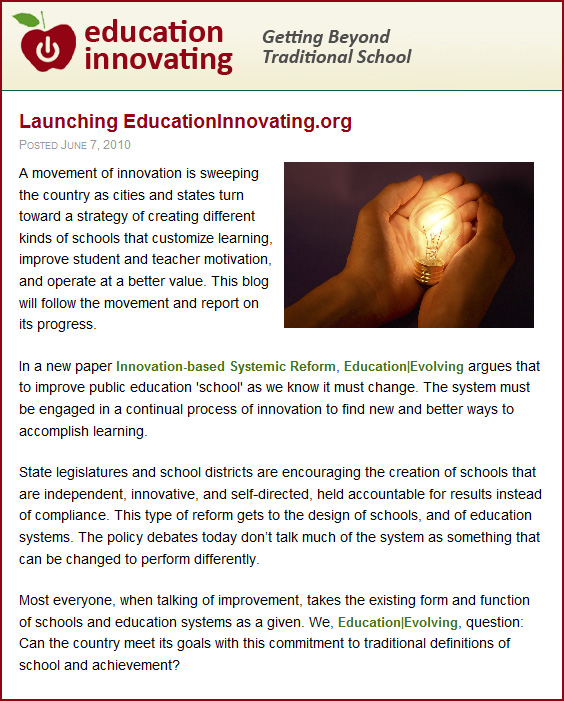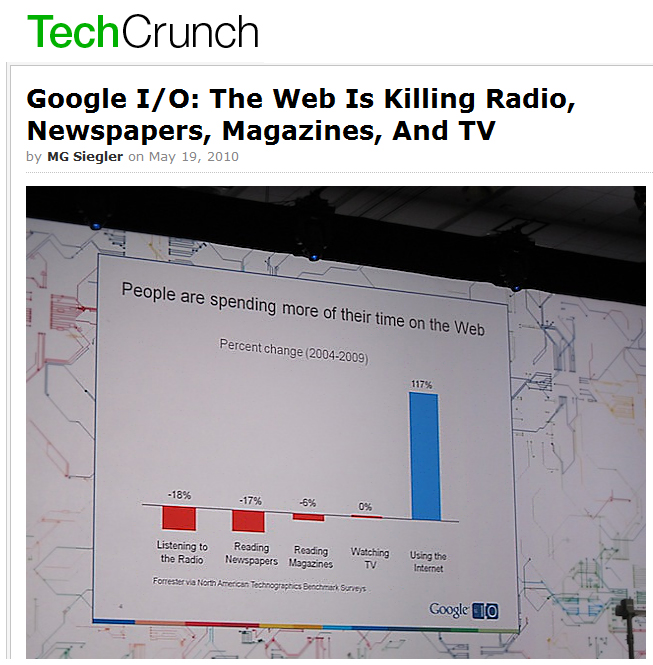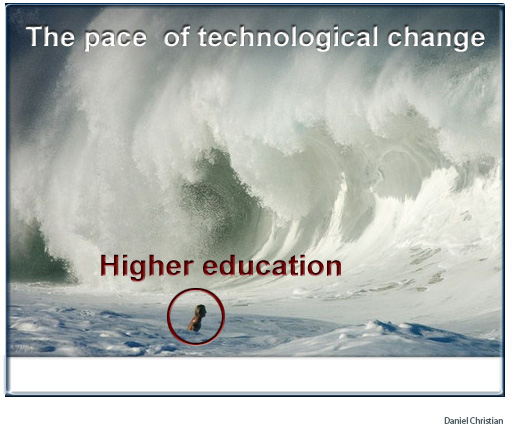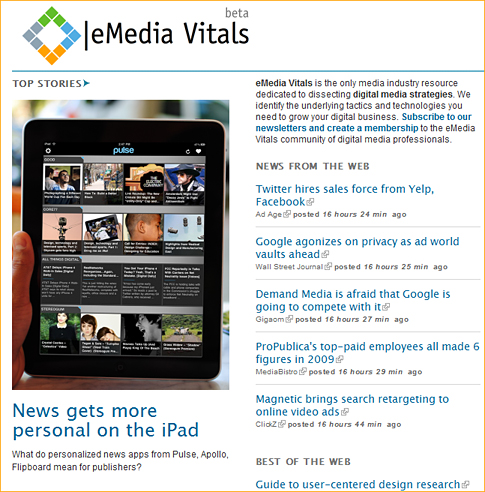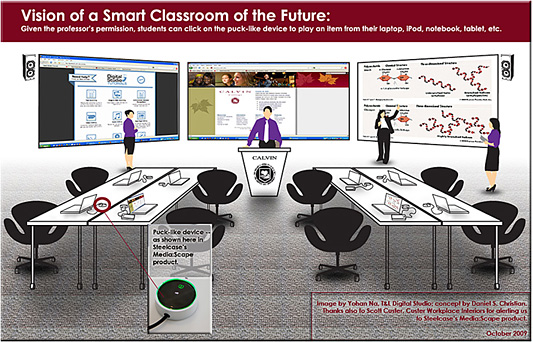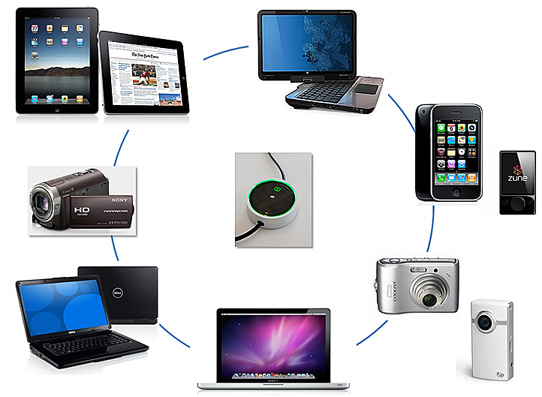Innovate to Educate: [Re]Design for Personalize Learning — from mobl21.com/blog
The Symposium on [Re]Design for Personalized Learning has begun.
An initiative of the SIIA (Software & Information Industry Association) with ASCD (formerly the Association for Supervision and Curriculum Development) and the Council of Chief State School Officers (CCSSO), this collaborative effort asserts that the education system can more efficiently and effectively meet the needs of all students through a true paradigm shift from a mass production to a mass customization learning system.
An excerpt from the SIIA-ASCD-CCSSO Symposium Primer:
Some education leaders are becoming more focused on personalizing learning as critical to meeting the needs of all students. They understand that changing student outcomes requires transforming their experience and our current education system. They recognize the definition of educational insanity: offering the same type of education model over and over again, and expecting a different result. These leaders also see that educational equity is not simply about equal access and inputs, but as importantly requires that a student’s educational path, curriculum, instruction and schedule be personalized to meet her unique needs. Reform efforts that continue to focus on the factory model, one-size fits all approach to learning are unlikely to make a sufficient difference for too many students in this knowledge-age when expectations are higher than ever.
In contrast to trends in other industries to personalize products, services, and the user experience – in part by leveraging continually evolving technologies – education has only scratched the surface on the potential to personalize the learner experience. Such efforts continue to be the exception rather than the rule and often represent a “tweaking” of the traditional model rather than the necessary systemic redesign of how we educate our children. Similarly, students have come to expect personalization in every other aspect of their lives, including through services like Facebook, Netflix and iTunes, to name a few. If Google and Amazon can thoughtfully leverage customer data and virtual communities to better serve each person’s unique preferences and interests from afar, then education can do so for each student from a near — to understand each one’s performance level, learning style and learning preferences and then adjust instructional strategies and content to meet those needs.
Read the full primer here: http://www.siia.net/pli/primer.doc
.
From DSC:
Eventually, we will have to deal with some major changing student expectations. Perhaps that’s this year..? Next year? 5 years down the line…? I’m not sure. But with the storm brewing, we don’t want to discount changing student expectations. We need to adapt and deliver and meet changing expectations.









